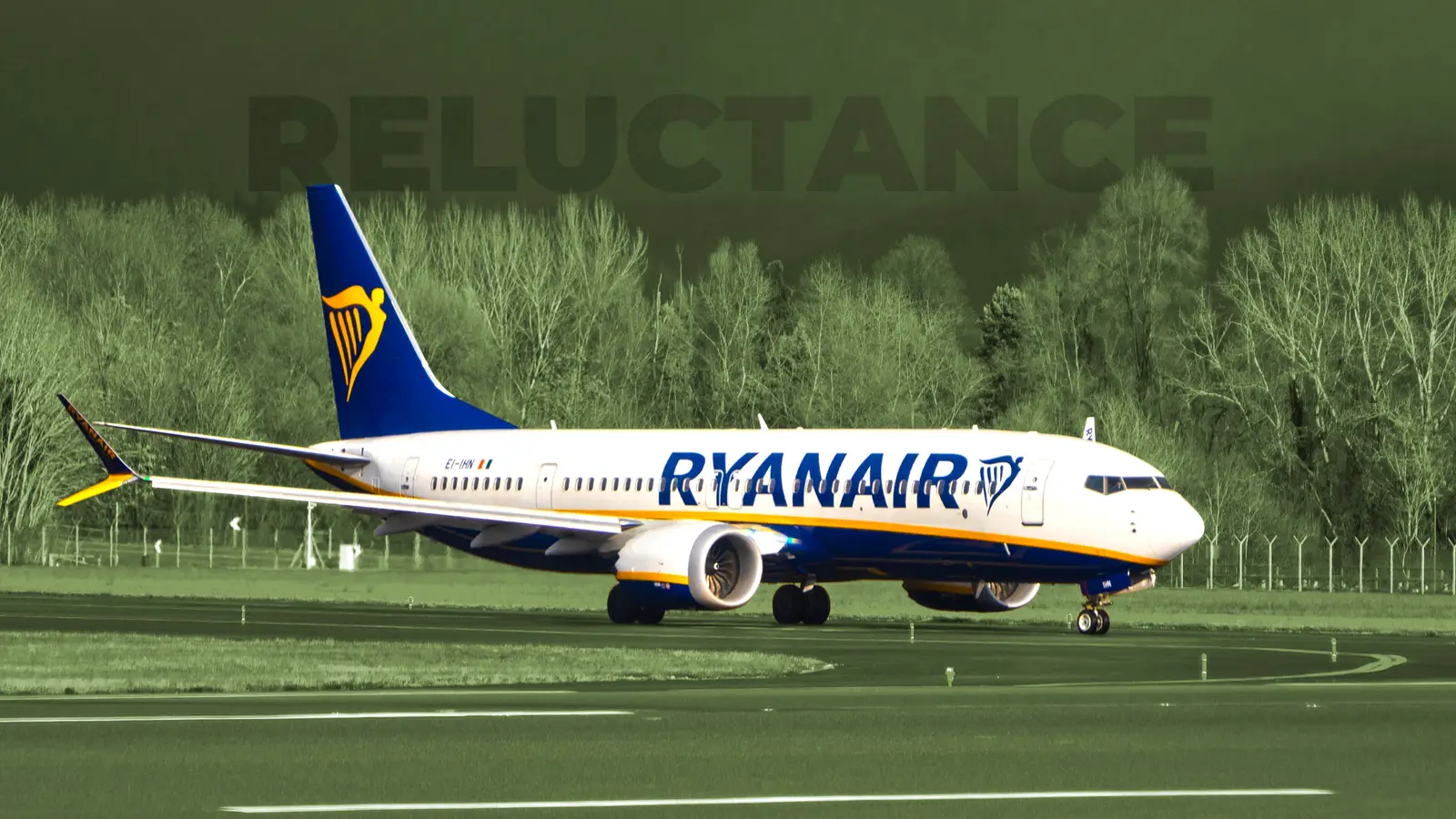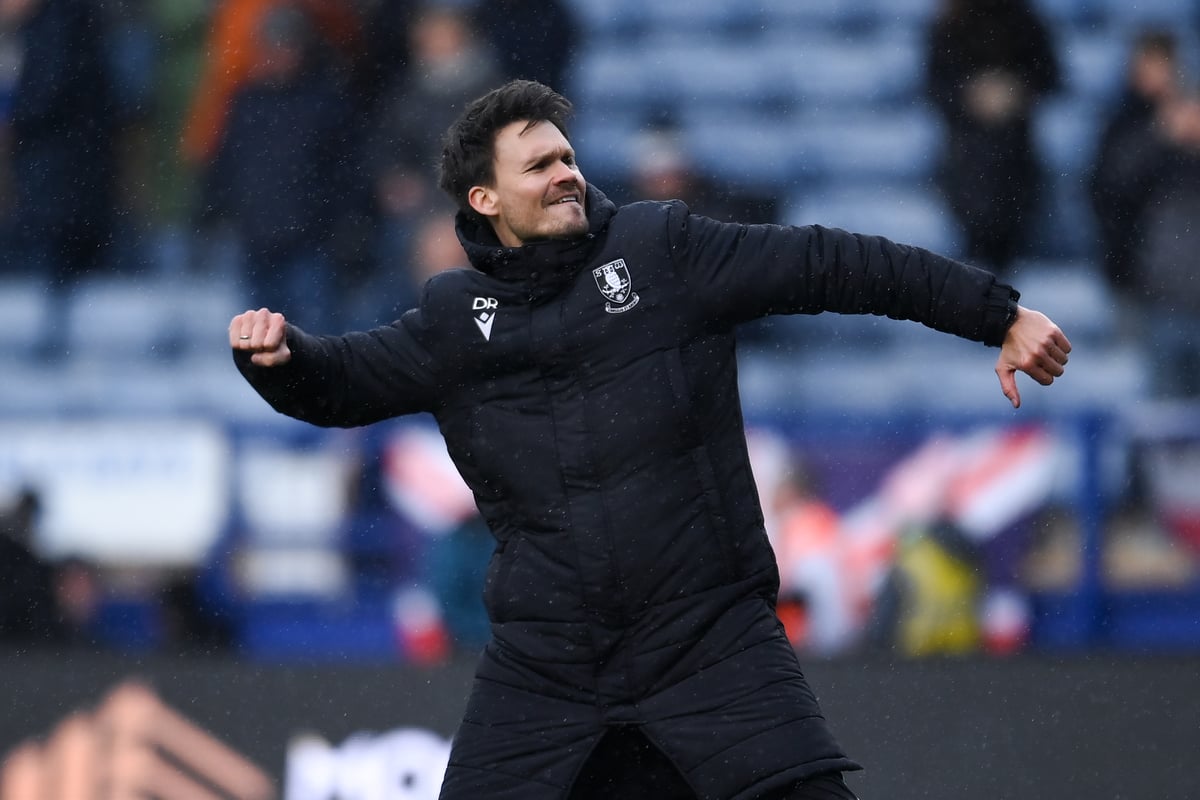Copyright Simple Flying

Ryanair's most recent financial results help highlight that profits are rising by an astronomical 40% as Europeans are increasingly opting for closer-to-home holidays at sunny destinations across Europe. Costlier flights across the North Atlantic to the United States, trips that are increasingly politically fraught, are becoming more unpopular than ever. This drastic demand shift has helped lift average fares and load factors on flights all across Europe, as well as on some Ryanair services to North Africa. The airline has also benefitted immensely from earlier-than-forecast deliveries from Boeing. These allowed the airline to add seats rapidly to its most popular destinations in recent months. The airline has also done an excellent job of managing the inherent risk that comes along with operating in this kind of volatile economy. The airline has emphasized fuel hedging, and it has continued to expand its cost-controlling strategies, which have historically protected its margins, allowing it to dominate the European low-cost market through multiple economic cycles. Management recently guided for traffic to exceed 200 million passengers throughout the next calendar year, and they were vocal about overall passenger figures potentially pushing past 300 million later in the decade. The airline's near-term setup is a classic Ryanair strategy, with capacity expansion through diligent route launches, leaning heavily into ancillary sales, and the continued utilization of secondary airports. A Brief Overview Of The Ryanair Business Model Ryanair is ultimately the archetype of an ultra-low-cost carrier, and there are some arguments to be made that the airline created the business of low-cost airlines. The carrier uses just one aircraft family, and it extensively utilizes its aircraft, deploys them from cheaper secondary airports, distributes tickets entirely through digital means, and aggressively monetizes ancillary services and other products. The airline operates a fleet of just Boeing 737 family aircraft, which extensively simplifies training, maintenance, and spare parts, ultimately enabling fast 25–30 minute turns and high daily cycles over time. The aircraft's cabin density is maximized by Boeing 737 MAX 8-200 aircraft that seat up to 197 passengers, pushing individual per-seat costs down significantly, while secondary or regional airports offer lower charges and can perform ground handling quickly. These are both essential for the airline's extremely tight schedules. The carrier exclusively sells tickets to customers through its app and website, limiting overall GDS costs and letting ancillary pricing (including priority boarding, seats, and bags) become a driver of revenue growth. The airline is exceptionally financially disciplined, and its fleet planning is a key element of this kind of strategy. Ryanair has been taking hundreds of Boeing 737 MAX 8-200 from the manufacturer ahead of schedule, and it maintains a large, outstanding order book for the Boeing 737 MAX 10, which increases seats per aircraft movement and continues to cut carbon emissions per passenger. The airline's point-to-point network design reduces missed-connection liabilities and helps simplify operations. From a cultural perspective, management reallocates capacity towards the highest-yielding markets and operating bases, helping grow fees when regulators are friendly, according to an analysis from the Financial Times. This, at the end of the day, is core to how the airline makes money and returns value to shareholders. Looking At Ryanair's Profitability In Recent Years Ryanair, like most major airlines (especially low-cost carriers in Europe), suffered major losses due to the COVID-19 pandemic, during which demand cratered. Ryanair rebounded to record a post-tax profit of around $2 billion in 2024, as traffic surged to around 184 million passengers and fares recovered. In 2025, Ryanair's pricing power only continued to improve as profits eased to around $1.74 billion, as average fares fell marginally year-on-year. In the first half of fiscal year 2026 (which began in April), net profits jumped roughly 42% to around $2.74 billion on 13% higher fares and improved demand during the summer months. Management pointed to higher traffic guidance of around $207 million. Earlier-than-planned Boeing deliveries added sellable seats where yields were ultimately the strongest, as fuel hedging locked in lower forward prices and cushioned overall volatility. Operational performance at the airline also benefited as it began to report improved on-time metrics. Across the cycle, this pattern is relatively consistent. When capacity is light and demand is price-sensitive, Ryanair's unit-cost edge tends to widen overall margins. Fares continue to soften, and ancillary revenue and nimble capacity shifts help the airline defend profits. The airline's latest half-year disclosure highlights solid passenger spend and disciplined cost performance, evidence that the airline's earnings recovery is driven by its unique business model. Key Catalysts For Ryanair's Continued Growth There have been a handful of catalysts that have directly contributed to Ryanair's continued growth. For starters, demand tailwinds within Europe have been a key driver. Europeans are opting for regional trips over US holidays, boosting the airline's overall performance in its core markets while it attempts to price tickets modestly higher as load factors continue to rise. The airline also has some capacity advantages. The airline is literally receiving aircraft ahead of schedule in a world mostly defined by delivery delays. This gives the airline the ability to sell summer seats while many rivals face delivery delays or engine-related groundings that cap overall growth, something very supportive for continued pricing growth. The airline's cost balance has also been a key piece of its strategy. There are two pieces to this: fuel hedging and overall fleet efficiency. The airline hedges against oil prices rising to prevent cost volatility and support margin planning going into the next eight quarters. The airline's fleet is also exceptionally efficient, with the combination of the Boeing 737 MAX 8-200 and the Boeing 737 MAX 10 both raising seats per flight and lowering fuel per passenger expenses. This compounds the carrier's overall cost advantage as airports continue to tighten environmental and slot constraints. Here are some additional financial figures for Ryanair, according to company filings: Ancillary monetization is also a key issue for the carrier. Steady growth in per-passenger spending (primarily on seats, priority boarding, and bags) helps add high-margin revenue that is independent of fare cycles. Management quickly shifts aircraft from taxed or strike-prone markets to friendlier ones, preserving Revenue per available seat mile (RASM) and cost per available seat mile (CASM) dynamics. Why Doesn't Ryanair Fly To The United States? Ryanair, despite being a growth-oriented airline, has no interest in operating flights to the United States. The airline's competitive edge comes from ultra-simple, short-haul operations using a Boeing 737 fleet. Transatlantic flying would require different aircraft, new crew contracts and training, and long-haul catering complexities. The carrier would also have to deal with higher airport and handling costs, which would increase schedule-disruption risks quite noticeably. These all dilute the airline's ultra-low-cost base and jeopardize quick turns. Management has long said it has no plans to operate transatlantic flights directly. Any historical musings remain contingent on a separate vehicle and have yet to advance. Meanwhile, the market lesson from low-cost long-haul attempts is incredibly sobering, as airlines like Norwegian have failed to do. With this in mind, it is rather clear why Ryanair has decided to double down on European routes where its model scales cleanly. Lastly, the company's order book locks in narrowbody growth rather than aircraft that could potentially reach the United States. For Ryanair, those kinds of flights would simply make no sense. What Is Michael O'Leary's Role In All Of This? Michael O'Leary, the Chief Executive Officer of Ryanair, is both the architect and the enforcer of Ryanair's impressive cost leadership structure. The airline has a single-type fleet, bargains with airports, and practices ruthless schedule discipline. He has also widely approved of Boeing's ahead-of-schedule deliveries, allowing the airline to ramp up capacity faster than competitors. In 2025, O'Leary managed to push suppliers and regulators aggressively, threatening to redirect or delay deliveries if tariffs or other regulatory costs continued to rise. He pushed the carrier to extract as much value as possible from earlier Boeing 737 MAX models. He has consistently framed consumer demand with a blunt focus on price and convenience, calling out macro sensitivities and pivoting capacity in an appropriate manner. His messaging also helps shape investor expectations, recovering last year's overall fare decline, keeping average costs low, and using hedging to protect margins across the board. Whether you love or hate his style, there is no denying that Michael O'Leary has been essential to the airline's network planning decisions, pricing, and overall cost. What Are Our Principal Takeaways? For many of this year's European travelers, the United States has become an increasingly unpopular vacation destination, in a manner that allows demand to shift decisively towards the Mediterranean. These are routes where Ryanair absolutely cleans up, earning high profits when demand on routes that it alone serves only continues to rise. With more efficient Boeing 737s, the carrier is able to keep its hedges in place and allow competitors to remain constrained. The airline continues to lean into what it already does best: operating short-haul flights with high potential for continued ancillary monetization. The list of risks for the airline remains long, with tariffs, strikes, and potential aircraft delays still on the horizon. This customer softness never vanishes, but the model's overall simplicity and flexibility have proven rather resilient over the years.



